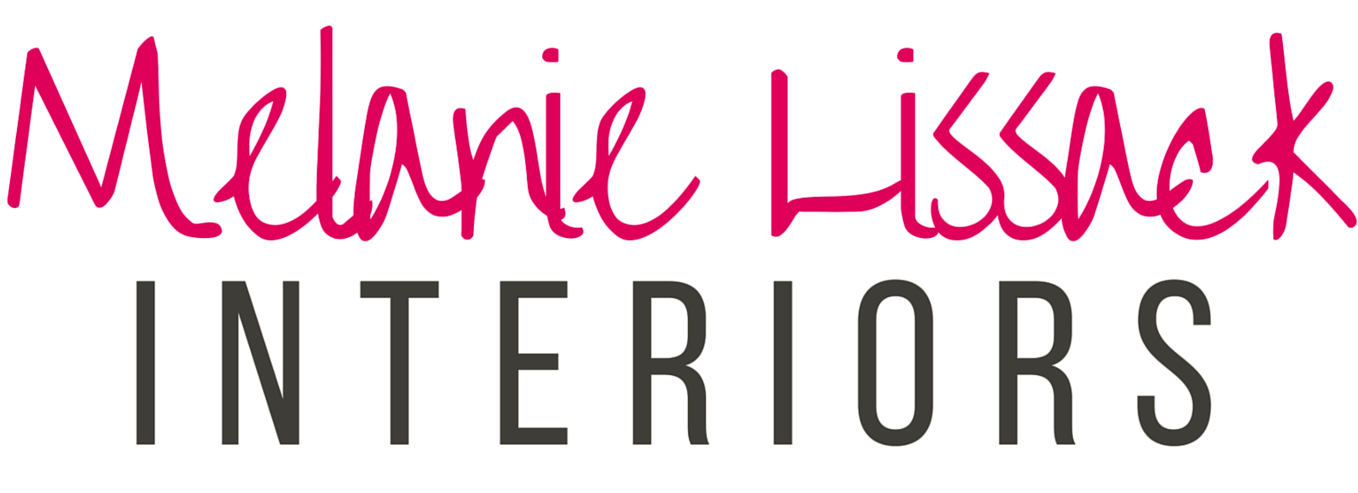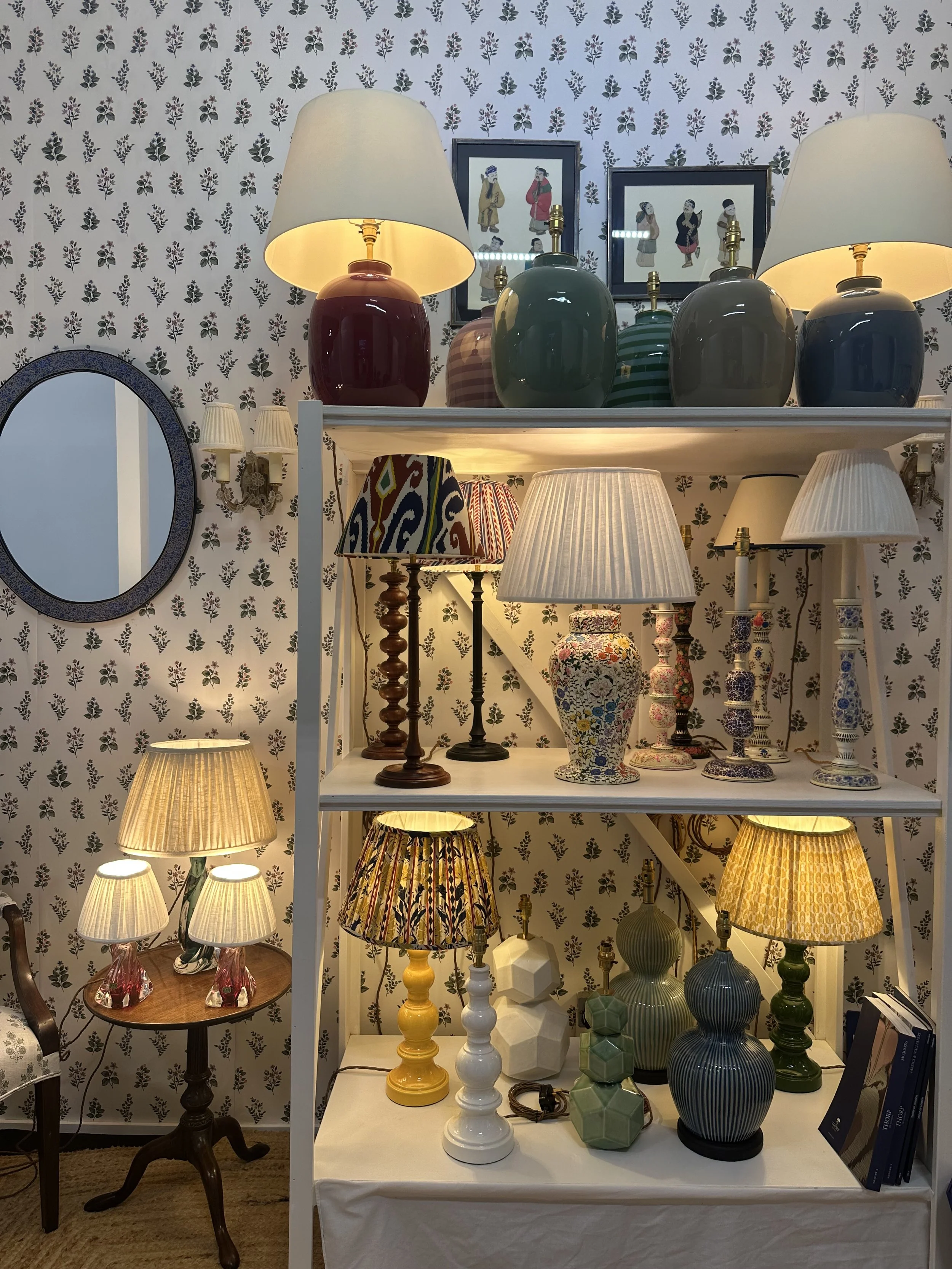Creating A More Productive Home Office
Image credit: John Lewis & Partners
Featured Partner Post
The shift to remote work has transformed how we approach our professional environments. Whether you are a remote worker, freelancer, or student, a well-designed home office can significantly impact productivity and overall well-being. If you are looking to create a workspace that fosters focus and creativity, check out how these thoughtful design choices can enhance your productivity (as well as reflect your style).
The Importance of a Dedicated Workspace
A dedicated workspace is essential for productivity, especially in a home environment. When you separate your work area from your living space, it helps create mental boundaries that signal when it's time to focus. This separation can also reduce distractions commonly found at home, such as household chores or entertainment options.
Start by choosing a specific area in your home designated solely for work. It could be a spare room, a corner in the living room, or even a nook in your bedroom - just ensure this space is free from clutter and distractions, as clarity will enhance your ability to concentrate on tasks.
Once established, infuse it with your personality—consider incorporating colours, patterns, and styles that inspire you. If you're refining your professional image, your workspace should reflect that too. For a polished and organised approach to your career materials, look at these templates to create a professional CV that aligns with your skills and experience.
Image Credit: Dwell
Design Elements That Boost Productivity
The design of your home office should be aesthetically pleasing and support your productivity needs. Consider integrating elements that encourage a productive mindset. Natural light, for example, can significantly affect your mood and efficiency. Position your new office desk near a window to maximise sunlight, which can enhance your mood and energy levels.
Incorporating plants into your workspace can also boost productivity. Plants have been shown to improve air quality and reduce stress levels, creating a more pleasant and calming environment. Choose low-maintenance plants like succulents or snake plants if you’re concerned about upkeep.
Another vital design element is storage. An organised workspace can help you quickly find the materials, allowing for a smoother workflow. Invest in stylish storage solutions that align with the overall aesthetic of your office. Shelves, drawers, and organisers should be functional and visually appealing, encouraging you to maintain order.
Implementing Technology for Efficiency
Leveraging technology is essential for a productive home office. Choose equipment that enhances your workflow, such as a reliable computer, high-speed internet and essential software. Creating workspaces that integrate tech solutions can streamline processes and reduce friction in your daily routine.
Consider using apps and tools that promote productivity and time management. Tools like project management software can help you keep track of tasks, deadlines, and collaborative projects. Additionally, noise-cancelling headphones can be invaluable for maintaining focus in a bustling household or noisy neighbourhood.
Automation can also play a significant role in increasing efficiency. Smart home devices, such as programmable lights and speakers, can help you create the ideal working environment without unnecessary interruptions. For instance, setting up a routine where lights gradually brighten in the morning can signal the start of your workday.
Remember, while technology can enhance productivity, it’s crucial to establish boundaries. Set specific working hours and stick to them. This practice can help prevent burnout and promote a healthy work-life balance.
Image Credit: Furniture Village
Customising Your Office for Personal Preferences
Every individual has unique preferences when it comes to their working style. Customising your home office to suit these preferences can greatly enhance productivity. Think about how you work best. Do you thrive in silence, or do you prefer some background noise? This understanding can guide your choices in terms of décor and equipment.
Pro Tip: Working with an acoustic solutions provider can help you fine-tune your workspace’s sound environment, creating the perfect balance between focus and comfort.
Incorporate elements that cater to your sensory preferences. For instance, if certain scents boost your concentration, consider adding candles or essential oil diffusers to your workspace. Similarly, creating a comfortable temperature can help you maintain focus—and ensure your office can be easily adjusted for optimal comfort.
Consider the layout of your office as well. Experiment with desk placements, seating arrangements, and even the colours of your walls until you find the setup that feels most conducive to your workflow. By personalising your space, you create an environment that truly supports your productivity.
As you implement these strategies, keep in mind the importance of adaptability. As your work style and tasks change, so should your home office. Regularly reassess your setup to ensure it continues to meet your needs.
Creating a Routine That Enhances Focus
Establishing a routine can enhance focus and productivity in your home office. A structured schedule helps distinguish work time from personal time, making it easier to switch between different modes of operation. Determine your most productive hours and block off time for critical tasks, ensuring that your energy peaks align with your most challenging work.
Incorporate breaks into your routine. Short breaks can significantly improve concentration and prevent burnout. Using techniques where you work for a set period followed by a brief rest can be particularly effective. Use these intervals to stretch, grab a snack, or take a short walk—activities that refresh your mind and allow you to recharge physically and mentally before diving back into work.
Consider setting daily goals to keep yourself accountable. Each morning, outline a list of tasks you aim to accomplish, prioritising the most important ones to tackle first. This structured approach ensures achievement and motivates you throughout the day. Reflect on your progress at the end of each day to understand what techniques worked well and where adjustments might be needed to optimise your routine continually.
Incorporating Effective Time Management Techniques
Time management is key to enhancing productivity in your home office. Implementing effective techniques can help you stay on track and maximise your working hours. Start by categorising tasks based on their urgency and importance. Consider using a priority matrix to visualise what needs immediate attention versus what can wait.
Utilise time blocks in your working day. Dedicate specific periods to different tasks or projects, allowing you to remain focused and efficient. This approach minimises transitions between tasks that can lead to losing momentum, ultimately enhancing productivity.
Additionally, regularly evaluate your progress on tasks and make adjustments as needed. Review your daily or weekly achievements to identify areas for improvement and celebrate milestones. This habit can further reinforce your commitment to maintaining an effective work routine.






Five top tiling looks expected to be big in 2026!